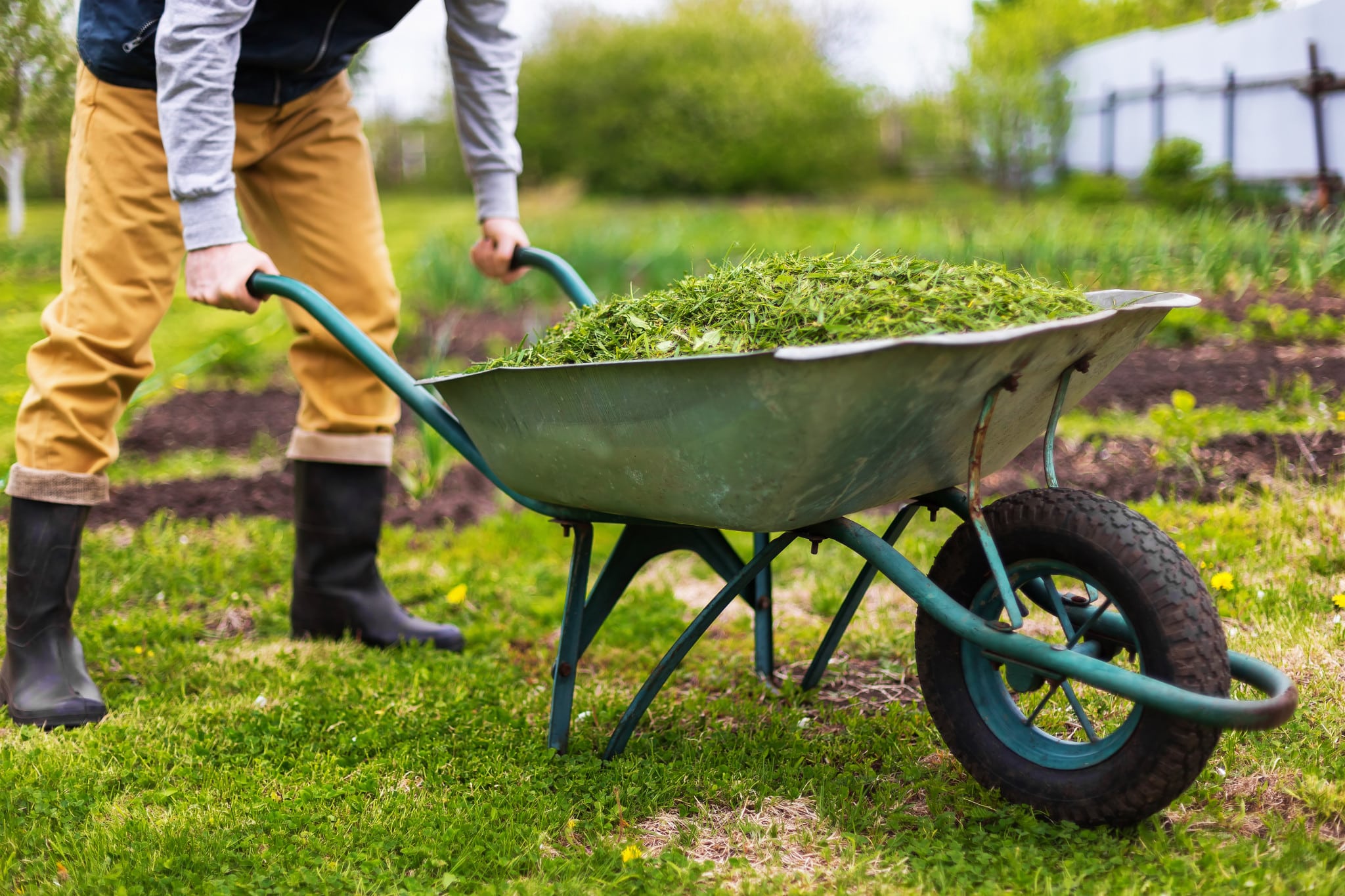Updated 28/12/24
If you’ve made gardening your way to better health, you’re on your way to exercise elation. Fitness is an important part of our weekly routine as it can improve your health and reduce the risk of developing serious diseases. So, for a New Year’s resolution you’ll want to stick to, why not get out and do some gardening to boost your fitness level this year!
According to health professionals, adults aged between 19 and 64 should do at least 150 minutes of aerobic activity every week and strength exercises 2 or more days a week.
Why is gardening good for you?
Gardening works all the major muscle groups: legs, buttocks, arms, shoulder, neck, back and core but as well as providing an opportunity for exercise—which we’ll explore in depth later, gardening can have a positive impact on your diet and your weekly vegetable / fruit quota as well.
The National Institute for Health and Clinical Excellence (NICE) suggests we try to eat at least five portions of fruit and vegetables each day and to make enjoyable physical activities part of everyday life. Engagement in gardening and food growing can address both of these recommendations and gardening is recognised as a suitable physical activity.



Alaimo et al reported in 2008 that household members who participated in community gardening consumed 40% more fruits and vegetables per day than those that did not.
They were also 3.5 times more likely to consume the recommended 5 portions a day of fruits and veggies.
In the UK, the low-income diet and nutrition survey of 2007 showed that those living in households which grew food consumed more fruit and vegetables than those who didn’t. So if you’re growing healthy food, you’re eating healthier too. It’s a win-win!
A study by Zick et al in 2013 concluded that “health benefits of community gardening may go beyond enhancing the gardeners’ intake of fruit and vegetables” and that both women and men community gardeners had significantly lower BMIs (Body Mass Index) than their neighbours who were not gardening.
Lose weight gardening
Well, we all know that working in the garden quickly works up a sweat, but which jobs burn calories and why? Plus, how many minced pies do these calories add up to? Well, if you’ve vouched to trade the treadmill for a lawnmower and get yourself moving, you’ll be surprised how much energy you’ll burn. If you have a manual push mower then you will get a real workout for your upper body too, but for most of us with a petrol or electric powered device it will mainly focus on your legs and buttocks.
As well as the cosmetic benefits, mowing the lawn also helps keep your lawn healthy and eliminates some of the pests from the grass at the same time.
According to nutritionists at Loughborough University, mowing, digging and planting for two to three hours can help burn off up to one pound a week. But digging alone, can burn 197 calories in men and 150 calories in women per hour, so it all depends how long and how intensively you’re working in the garden.
Planting can burn 177 calories in men and 135 calories in women every hour and weeding can burn 157 calories for men and 156 for women.
Pulling up those pesky weeds, as well as planting new additions to the garden, can really get your blood flowing. This one will work your body in a similar way to a cross trainer machine.
Focusing on the shoulder and arm muscles especially, but also giving your thighs and bottom a good workout too from all of the up and down movement and squatting.
Weeds can quickly get out of control without regular attention; Not only will they look untidy, they also steal nutrients and water from surrounding plants.

Health & fitness
A study in the American Journal of Public Health found that gardeners were 46-62% less likely to be heavier than non-gardeners. Male gardeners weighed 16lb less and women 11lb less than their non-gardening counterparts. So the rewards are abundant once you get going!
In 2016, the Kings Fund found that gardening had many other benefits including the reduction of depression and anxiety, improved social function, emotional well-being, and physical health and, for that reason, I like to encourage 30 minutes of outdoor work a day.
78% of regular gardeners claim it reduces their stress levels and 80% report better sleep proving that the remedial effects of gardening can be vast. But if you’re not there yet, give yourself a break, it’s tricky with cold weather and dark evenings. Read here, for tips to keep yourself motivated over winter.
Set goals for success
When setting your gardening aspirations, don’t overreach and become disheartened if you can’t keep up with it. Setting an achievable goal and slowly weeding your way to greater well-being is best.
Just raking leaves for a quarter of an hour a week works up enough of a sweat to burn 63 calories, adding up to 3,276 over a year.
Research suggests that the average Brit can consume as much as 5,500 calories during our Christmas dinner feast! But if you’re somebody who watches what they eat, the chances are that this figure is closer to 3,000.
Having a one-off calorific day isn’t all that bad—everything in moderation.
When our daily diets regularly spin out of control the health risks increase. So, think of this as a one-off and perhaps look to burn off only the excess from that day. Once you get started, you’ll soon see that there is more reason to be out gardening than just shedding a few pounds.

Leave A Comment